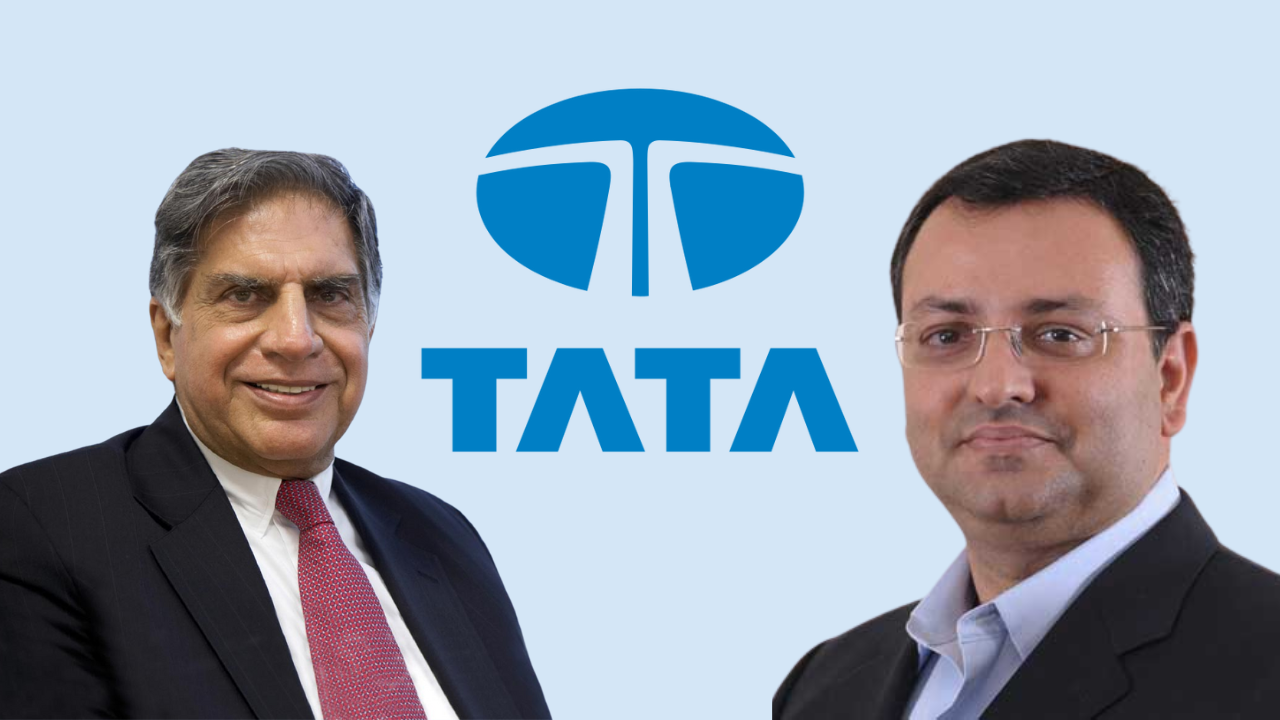Cyrus Mistry: The man who dared to take on Tata’s

Last Updated: 12th December 2022 - 02:11 pm
In a very shocking accident, Cyrus Mistry, former chairman of Tata Sons passed away on September 4th. His demise has made a lot of headlines. While some people outpoured grief on his demise, some remembered him for his brawl with Tata. But Mistry was much much more than just that.
Those who know him, describe him as a rare leader with an enigmatic personality. He was one of a kind. In a world where CEOs pour millions on PR and their brand image, he chose to maintain a low profile. A testament to his reclusive nature is that during his tenure as the chairman of the Tata group, he did not even host a single press conference.
Born into a Parsi family, in 1968, Mistry got a civil engineering degree from Imperial College London. Post completion of his master’s he joined his family’s construction company, Shapoorji Pallonji & Co., as a director in 1991.
During his reign, Shapoorji Pallonji's construction business grew from a turnover of USD 20 million to almost USD 1.5 billion. The company expanded its operations overseas by undertaking more projects in the Middle East and Africa.
A number of firsts were also accomplished by the company under his leadership, like the construction of India's tallest residential towers, rail bridges, dry docks, and affordable housing projects.
Although he kept most of his life private, his brawl with Ratan Tata and the Tata group kept bringing his name to the news headlines.
What was the conflict really about?
So, the story began in the 1930s when Shapoorji Pallonji acquired a 12.5% stake in Tata Sons – the owner of the Tata Group – from FE Dinshaw’s estate. After a 1996 rights issue, SP Group's stake increased to 18.5%.
As per some estimates, their investment for the stake in the Tata Group was just $11 million when they purchased it decades ago, but it has since grown to several billions in value.
Even though they held the largest stake in the company, Pallonji’s remained a quiet partner in the Tata Group. In the initial years, Shapoor Pallonji was largely supportive of Ratan Tata. He wouldn’t question the group’s decisions in the board meetings.
In 1990s, Tata group was knee-deep in debt.Tata Motors had posted the biggest ever loss in corporate history, Tata steel was in debt. All its group companies operated in capital-intensive sectors like telecom, power, steel, etc. Even though most of its companies posted humongous losses, the group kept pouring in more money on acquisitions.
Unlike his grandfather, Mistry questioned the Tata group's moves and voiced its dissent against its debt fueled acquisition of low-margin businesses.
He voiced his opposition to the group’s often expensive decisions – like the one to acquire Jaguar Land Rover, or rolling out Ratan Tata’s pet project, the ₹1 lakh Nano car.
Mistry took his role in the group seriously, and when Ratan Tata retired as chairman in 2012, Mistry replaced him and became the sixth chairman of the Tata Group – and only the second to not bear the Tata surname.
Mistry had a draconian task at hand as he had inherited
A business with huge debt (incurred due to the acquisition of JLR and Corus).
A dying telecom company.
An automobile company ( Tata Motors ) with a poor portfolio of cars
A steel business that was facing huge competition from other players
He took up the task of clearing the mess in the group. He formed a team with a group of executives from outside the group. He started the divestment of Corus’s European operations to cut the losses.
With his continued investment in JLR, the company posted its highest profits ever in 2015. He also led the redesign of the car portfolio of Tata Motors.
Also, the current successful products of Tata Motors have links to Mistry. He brought in the CEO of Tata Motors, Guenter Butschek who did the ground work for the current successful product like Tata Nexon, Tigor, and Altroz.
In his attempt to revive the group, he shook the management of the group companies. CEOs of the group companies believed His bold moves did not well with the old guard in the company and he was ousted as the chairman of the group in 2016 without any explicit reason.
A few months after his exit, a legal battle between both of them followed. He alleged the oppression and unethical behavior of the top management. He then accused the group of financial wrongdoing and corporate governance violations.
This battle went from the NCLT to the Supreme Court of India. India’s top court eventually ruled in favor of Tata and dismissed a review petition filed by the SP Group.
- Flat ₹20 Brokerage
- Next-gen Trading
- Advance Charting
- Actionable Ideas
Trending on 5paisa
Disclaimer: Investment in securities market are subject to market risks, read all the related documents carefully before investing. For detailed disclaimer please Click here.
 Sachin Gupta
Sachin Gupta
 5paisa Research Team
5paisa Research Team